A Cheeseburger Justice Story, 1968
April 7th, 2018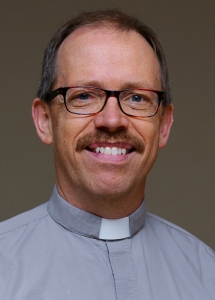 By Pr. John Hulden
By Pr. John Hulden
I love cheeseburgers. For as long as I can remember, I’ve always loved cheeseburgers
When I was 8 years old or so, my family stopped in a small town in Oregon for a mid-trip lunch at a main street café. After all of us had ordered, I looked out the big picture window and a hippie van pulled up and parked. It was a mom and a dad and a couple of kids. The long-haired dad popped out of the flower-stickered VW van, and came in the café.
Our server (back then, we called her a waitress) met him at the door and pointed at the sign that I hadn’t noticed until just then: “We don’t serve Hippies.” Did I mention this was 50 years ago? Circa 1968. When the Hippie Dad walked back outside, my Dad got up.
Oh no, I thought. My Dad is going to do something. My Dad talked to the waitress. My Dad wanted to talk to the manager, but the manager wasn’t there. The next thing I know my Dad told us we are leaving this restaurant because they won’t serve food to the family in the VW van.
“There were many justice stories in 1968—so many, you might get tired of old guys like me recounting them.”
What? Now? Really? I already ordered my cheeseburger. I could smell it cooking back in the kitchen!
Out the door we went. My parents talked to the family for a while, then we climbed back into our Ford Galaxy 500, and we were on the road again. I don’t remember what I had for lunch that day, but it probably wasn’t a cheeseburger. But I will forever remember that almost-lunch stop in Oregon.
WHAT IS YOUR justice story? When were your eyes open to an unfairness, to racism, to sexism, to oppression, or to your privilege?
Fifty years ago last week Martin Luther King, Jr., was gunned down and killed in Memphis while standing with the striking garbage collectors. All through this year of 2018, we will continue to look back 50 years ago at the times and troubles of 1968. Yikes. What a year for our country.
“I could smell the cheeseburger cooking back in the kitchen!”
There were many justice stories in 1968—so many, you might get tired of old guys like me recounting them. Here’s hoping our young people, our families, our communities, and our church are “woke” enough in 2018 to notice the justice stories all around us this week.
P.S. Thanks, Dad.

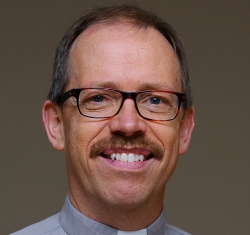
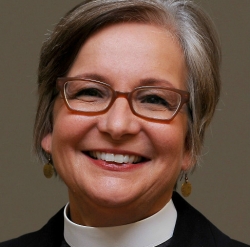
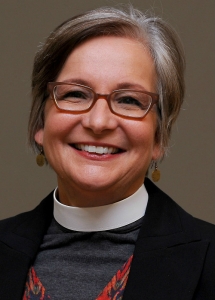 By Rev. Deb Stehlin
By Rev. Deb Stehlin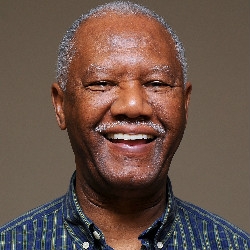
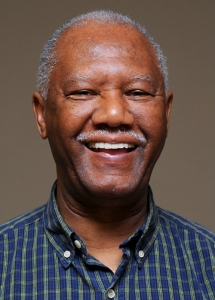 By Pastor Kelly Chatman
By Pastor Kelly Chatman
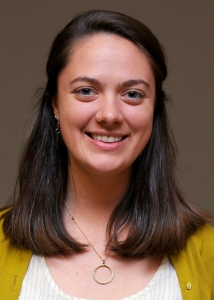 By Emilie Bouvier
By Emilie Bouvier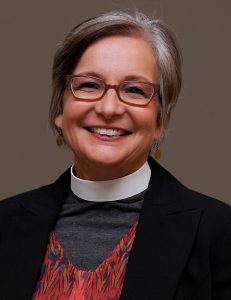
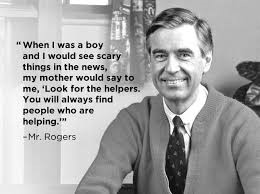
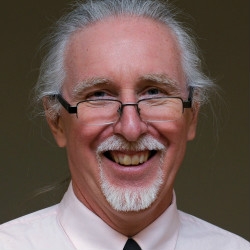
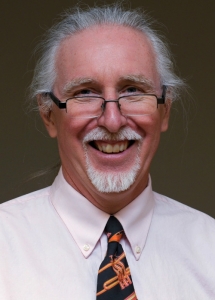 By Bob Hulteen
By Bob Hulteen 
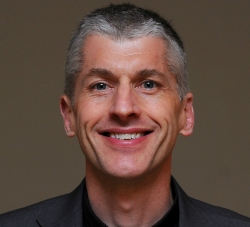
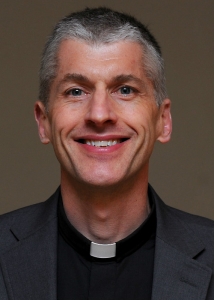 By Rev. Craig Pederson
By Rev. Craig Pederson